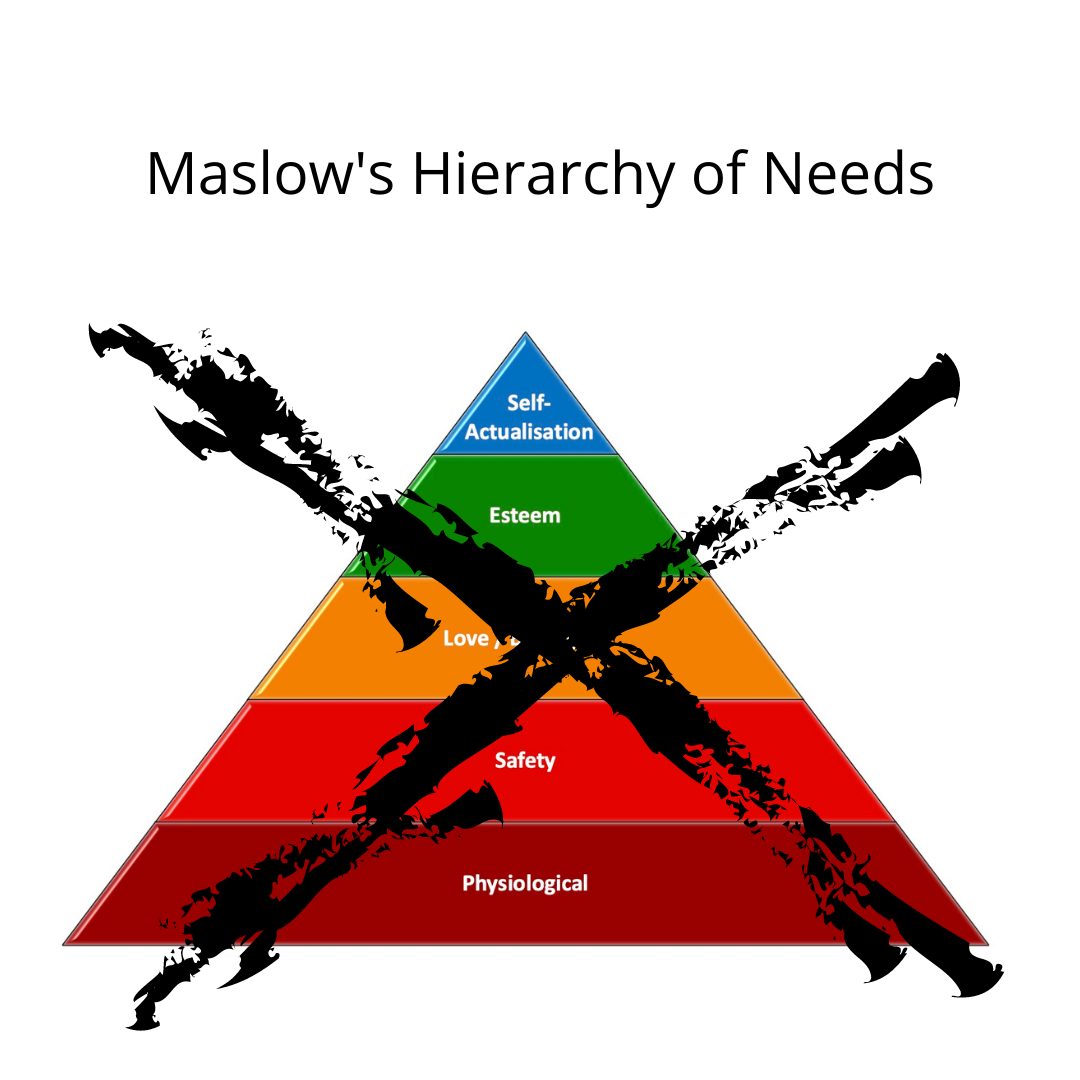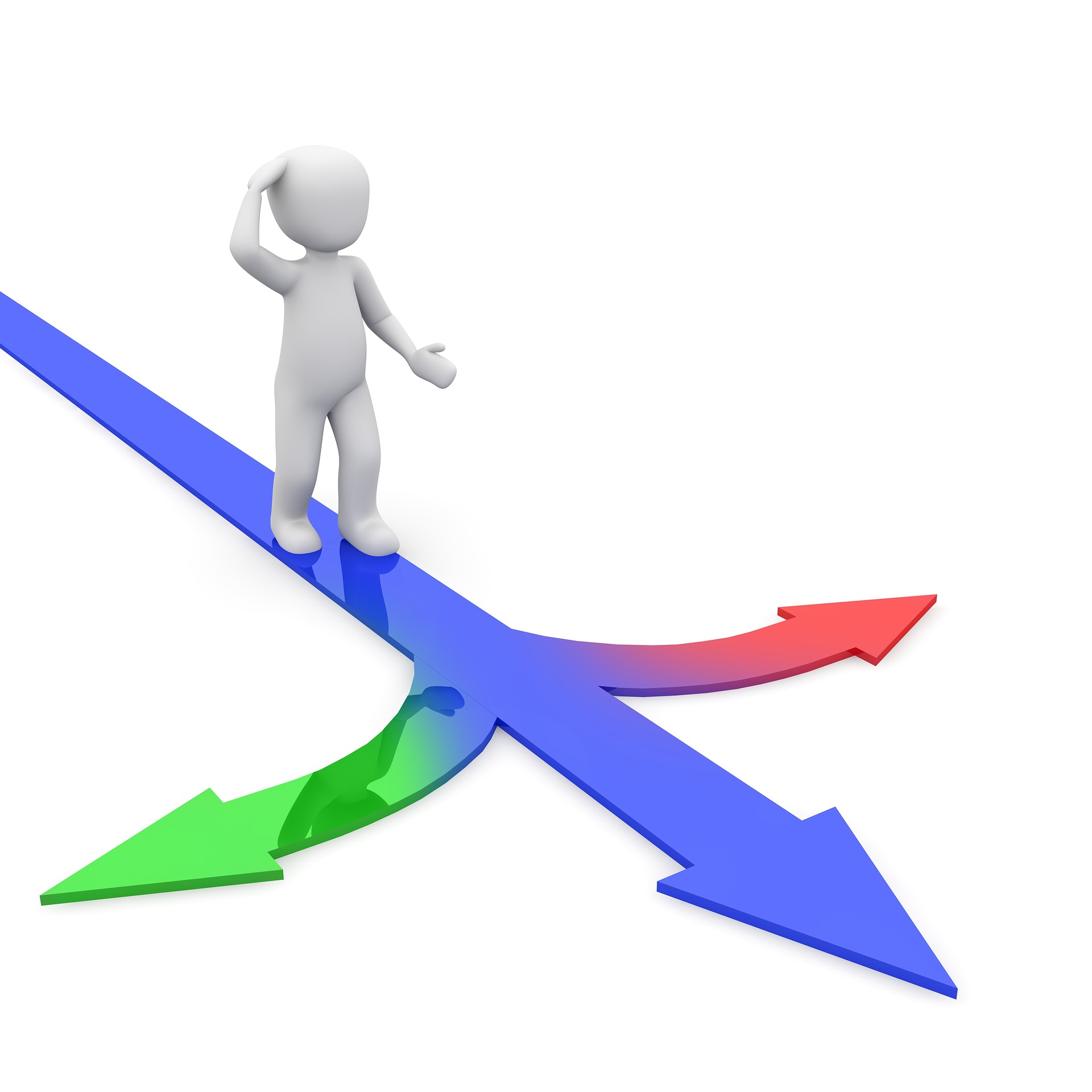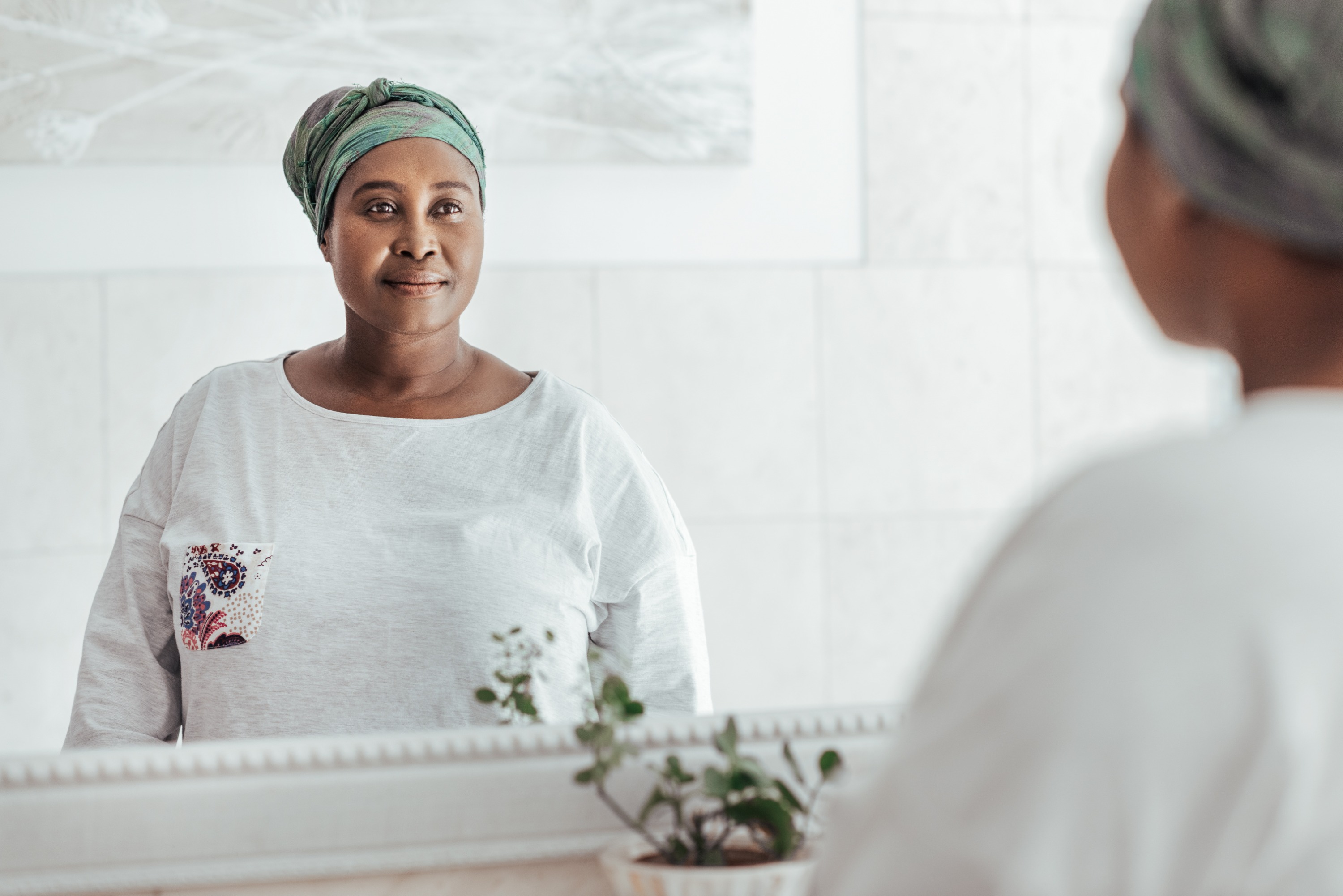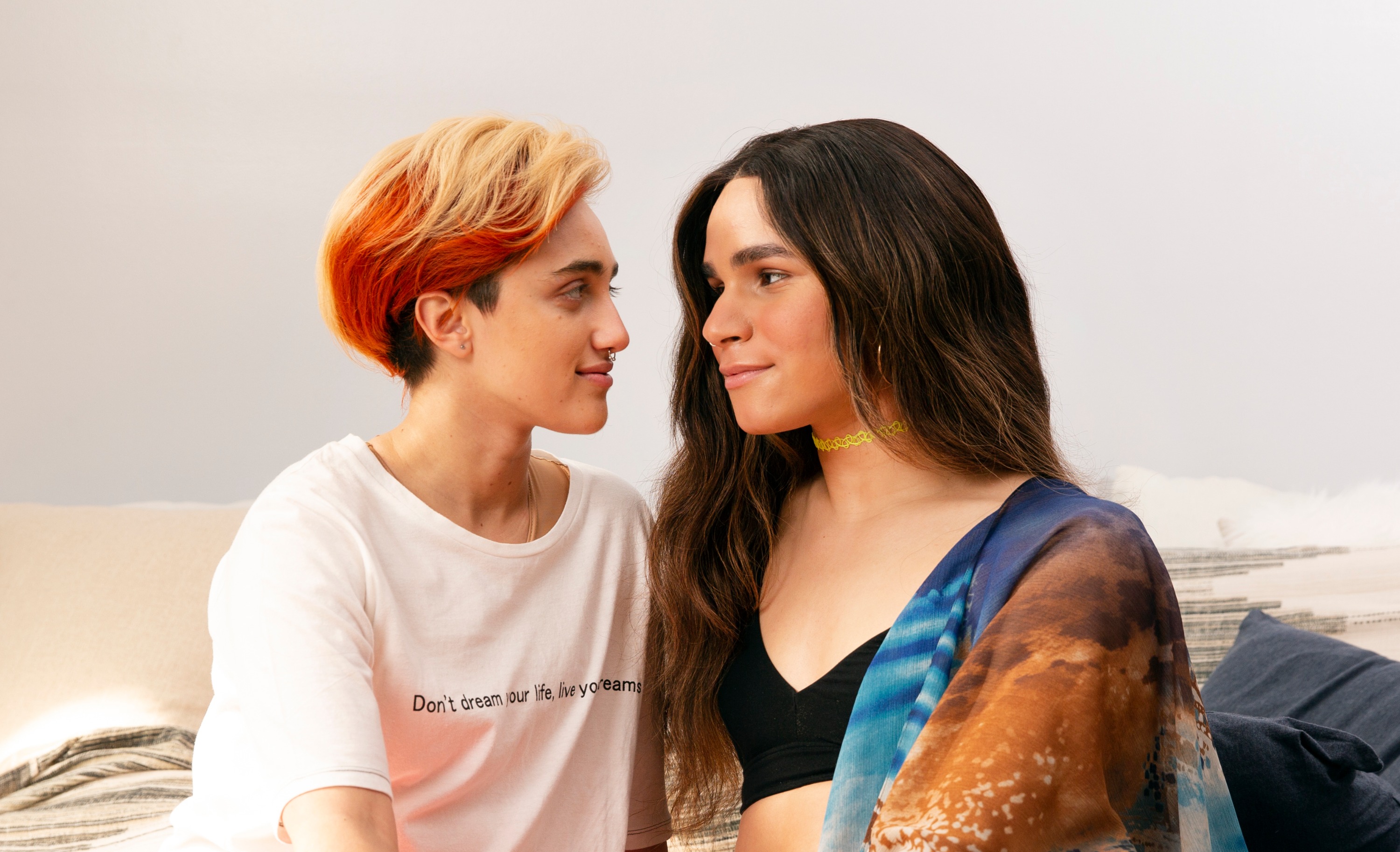Move Over Maslow - Why do we need The Universal Needs?
Anyone who has spent any time learning about personal growth, self-development, psychology or human behaviour knows that there are a PLETHORA of models relating to needs. So why on earth we need another one?!

Quite simply, because the ones that have come before just aren't doing the job. And the industry standard, Maslow's hierarchy of needs, is lacking in so many aspects (and problematic due to its appropriation from an indigenous culture) that using it risks inadequately supporting anyone with actually ensuring their needs both get met and stay met.
So what's missing? Well, of all the other needs models out there, there aren't any until now that adequately and effectively…
(1) ...included all of our needs
.png) In our extensive experience with understanding and working with needs, there are a LOT of vital needs missing from Maslow’s hierarchy, and the other different models and methodologies about our needs.
In our extensive experience with understanding and working with needs, there are a LOT of vital needs missing from Maslow’s hierarchy, and the other different models and methodologies about our needs.
Part of the reason that so many needs are missing from the more widely-known models is almost certainly because of the fact that they were (from our research) developed predominantly (if not entirely) by white men (and probably cis, straight and able-bodied too). With the cultural conditioning towards men around what is and isn’t allowed/valued/important through the toxic definition of masculinity in our society, it’s not surprising that some of the most important needs are missing. For example, we haven’t seen another needs model that adequately covers ’Emotional Experience and Expression’ (one of the Trunk Needs in The Universal Needs tree) or equivalent in it.
And yet we know that the cultural avoidance of acknowledging, feeling and healthily expressing the full spectrum of emotions is one of the most common reasons for dis-ease in the body…mentally, physically and emotionally. It’s one of the reasons for the high and ever-increasing rates of mental health challenges in recent years.
(2) ...looked deeply enough beyond just WHAT our needs are
 Other needs models out there don't really address the importance of not just WHAT the need is but the WAY we meet it, which can make all the difference between the need FEELING completely unmet, and actually feeling fulfilled, irrespective of ‘how much’ you are doing to meet it.
Other needs models out there don't really address the importance of not just WHAT the need is but the WAY we meet it, which can make all the difference between the need FEELING completely unmet, and actually feeling fulfilled, irrespective of ‘how much’ you are doing to meet it.
So, because Maslow’s and other needs models don’t speak to the importance of the WAY we’re meeting these needs, people can be expending all of their time and energy doing things to try to meet these needs, and still feeling completely and utterly drained. They can be expending a lot of time, energy and attention on their needs and actually be moving further DOWN the pyramid, rather than up it.
Contrarily, with some basic understanding of the importance of the way you’re choosing to meet your needs, you can spend only a small amount of time, doing things that are quick and simple, to meet your needs that can have you supporting your whole Universal Needs tree with ease, because your needs are steadily being met in fulfilling ways.
(3) ...empowered us to meet our own needs
 None of the other approaches to needs showed us a way to truly meet our base-level needs for ourselves, so we could take back our power to have the majority of our needs fulfilled without complete dependency on others or the world around us.
None of the other approaches to needs showed us a way to truly meet our base-level needs for ourselves, so we could take back our power to have the majority of our needs fulfilled without complete dependency on others or the world around us.
It’s true, we’re social creatures and so we do have a need to connect with, and to be in relationship and community with others. But as most people’s base level needs (that have nothing to do with relationship) are being consistently neglected, we often end up using the relationships in our lives to try to get our OTHER needs met. The result is not only that these relationships become compromised and pressurised by the dependency that brings, but also that our actual connection need never gets to be fully realised and fulfilled.
(4) ...helped us to create a consistent experience of fulfilled needs
 Most people spend the majority of their lives on a ‘needs rollercoaster’ without ever realising it. They move through their lives in ways that mean that at times, purely due to circumstances, most of their needs are being met significantly, and they feel great, and then at others, their needs are being compromised, or worse, sacrificed, and they feel awful.
Most people spend the majority of their lives on a ‘needs rollercoaster’ without ever realising it. They move through their lives in ways that mean that at times, purely due to circumstances, most of their needs are being met significantly, and they feel great, and then at others, their needs are being compromised, or worse, sacrificed, and they feel awful.
None of the other needs methodologies showed people a way to get their needs consistently met so that their needs BOTH get fulfilled and STAY fulfilled. This is the reason that in The Universal Needs signature program we teach an easy and simple 5-15 minutes a day Needs Practice, to even out our rollercoaster, and ensure that our base level needs get and stay consistently met, to prevent us ‘bottoming out’ the way we often do when we are not mindful of consistently, intentionally meeting our needs in quick, easy and simple ways.
(5) ...acknowledged and addressed the systemic imbalance in our culture and how this affects our needs
We do not live in a culture where everyone has equal time, space, access, rights, opportunity and resources when it comes to meeting our needs. This affects a wide variety of different people and groups, but the example that most people seem able to best understand is people who are physically handicapped or disabled.
 Most people can see and would agree that when it comes to meeting their needs, people with some kind of physical handicap or disability do not have the same…
Most people can see and would agree that when it comes to meeting their needs, people with some kind of physical handicap or disability do not have the same…
- time (because it might take them longer to do things),
- space (because there often is not enough physical space for their needs, like crutches or a wheelchair in different places/situations),
- access (because there are often problems that make it harder for them to access spaces that others could easily enter, like steps or stairs),
- opportunity (because there are less options for them to engage in things that might meet their needs than there are for others, for just a few examples, dance/exercise classes, hobby classes or sports teams) and
- resources (because they are less likely to have, or have more hurdles to overcome to create the same resources that others do, for example, monetary resources due to discrimination in hiring and promoting practices).
But the reality is that this is true for any kind of marginalised group, it often just manifests differently depending on the marginalisation. It doesn’t matter whether we’re speaking about groups who are marginalised based on physical ability/health, gender identity, race, religion, mental ability/health, sexual orientation, class, age, weight/size or any other aspect.
Anyone who belongs to a marginalised group will have more to overcome in order to get their base level needs met than those who don’t belong to that marginalised group. And the more layers or marginalisation someone has, the more the impact is not just added, but compounded.
And while it’s true that no matter where we are in this systemic inequity in our society that we can all learn more about how to meet our own needs, it is important to be aware of where we exist in the systemic imbalance in our culture and how that affects the meeting of our needs. From my work with a wide variety of people from all over the world, with different backgrounds, levels of marginalisation and experiences, it has become clear that not only is learning about how to more effectively meet your own needs a powerful act of resistance in a culture which seeks to consistently compromise, erode and sacrifice them, but it is also a means by which to create more of the resources and resilience needed to navigate simply existing in such a society.
And for those of us with more systemic privilege, we also need to be aware of the places that we have a responsibility to be an active part in addressing, shifting, and changing this inequity for those who don’t hold the systemic privileges that we do. Ultimately, we need to be in the process of creating a cultural ecosystem in which everyone has equal time, space, access, rights, opportunity and resources when it comes to meeting our needs. Both because it’s the right thing to do, and because of point 6 below.
(6) ...recognised the interconnectedness of humans and what this means for the ways we choose to meet our needs
 Because Maslow’s and other models don’t address the interconnectedness of humans, they don’t highlight that if we are meeting our needs in ways that have a side consequence of costing OTHER people their needs, we are actually (often without even realising it) eroding our own needs too.
Because Maslow’s and other models don’t address the interconnectedness of humans, they don’t highlight that if we are meeting our needs in ways that have a side consequence of costing OTHER people their needs, we are actually (often without even realising it) eroding our own needs too.
Most people are completely unaware that our overall wellbeing and fulfilment is directly connected to the wellbeing and fulfilment of other humans, our communities and the human race as a whole. If we appear to ‘have it all’ while others are suffering, it brings with it this deep, niggling feeling of emptiness, lack, or a sense that something important is missing. Unfortunately, this tends to be interpreted as not acquiring, achieving or perfecting ‘enough’ yet, and often leads to even more behaviours that actually make the problem worse, not better.
And whether they realise it or not, this will subconsciously, underneath the surface, negatively impact the fulfilment of THEIR own needs. This impact might be subtle, but it creates a relentless, niggling feeling of discomfort and dissatisfaction that is hard to ignore.
What this also means is that when we have taken the time to nourish and support our own Universal Needs Tree, we also need to use the resource and resilience that brings with it to actively be a part of changing our social ecosystem to begin to address and change the cultural inequity. This is because the extent to which our own needs are met is intrinsically connected to the extent to which the needs of others are supported or sacrificed too.
(7) ...recognise and honour the source of the original teachings around needs

Most people are unaware that Maslow's needs work (which so many other needs models are at least in part based on) was 'generously borrowed,' i.e. appropriated, from his time with the indigenous Blackfeet Nation in Alberta Canada.
Not only was this work appropriated from his time with this tribe, but no credit was given, and it was highly colonised; being misrepresented, stripped of its original meaning and connection to cultural perpetuity and community wellbeing.
"[Maslow] got it wrong, he didn't share it the way we wanted, he didn't give the Elders credit for his teachings, and they want the record set straight" - Tribal Members of the Blackfoot (Siksika) Nation in Strathmore, Alberta as quoted in "Transformation without Greed: Native Self-Actualization," by Sidney Stone Brown, PsyD
